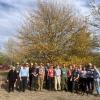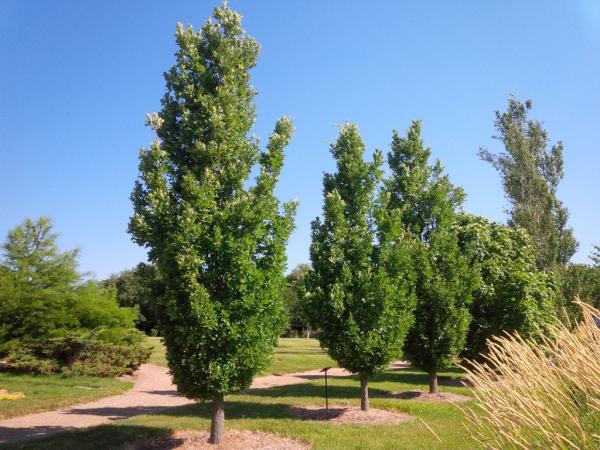Editor's Picks
Oak collections and much more in Canberra, New South Wales...
Website Editor
|
Aug 11, 2025
A controversial publication proposes to change the...
Roderick Cameron
|
Aug 05, 2025
A team of reporters share their take on the event.
Website Editor
|
Jun 22, 2025
Plant Focus
A naturally occurring hybrid between Quercus robur and Q. alba.

























